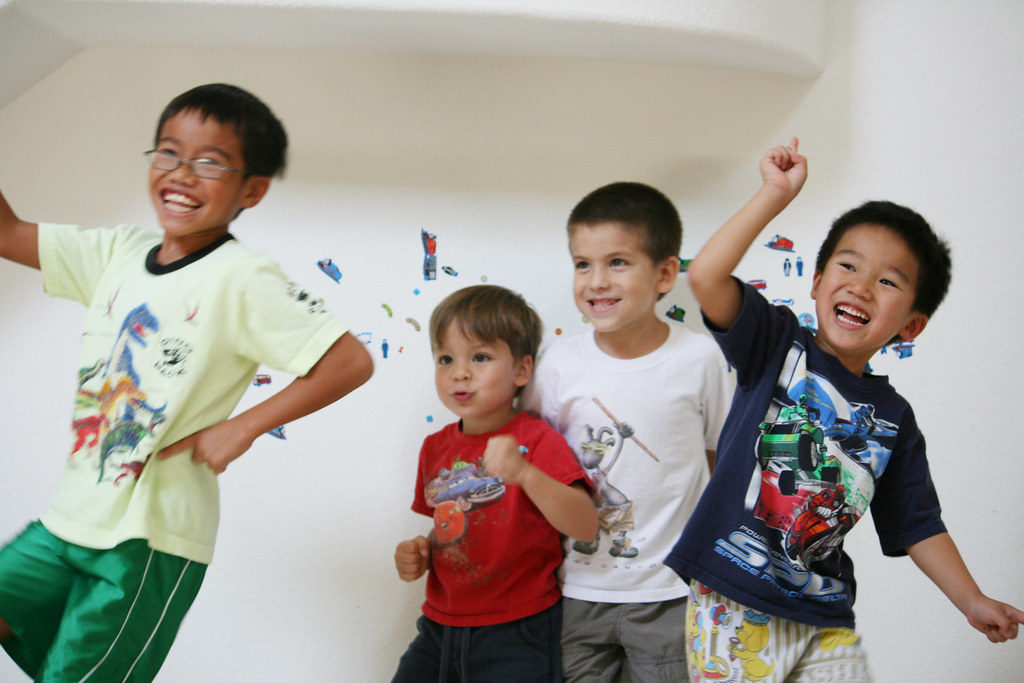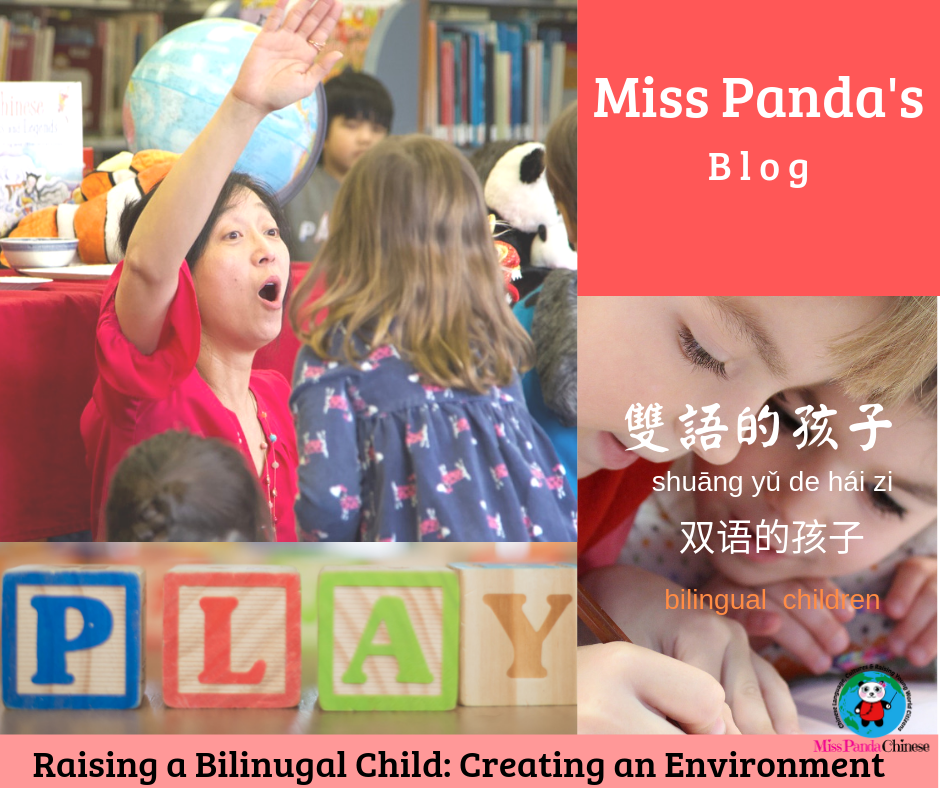
Raising a bilingual child starts with a learning environment.
But there are challenges like, “I want to raise a bilingual child but there is not a target language environment.”
“There are hardly any people speaking Mandarin Chinese in my neighborhood.”
“What can I do to help my child learn Mandarin as a non-native speaker?”
There are also ways to face the challenges and make it work.
My kids recently went to a Board Game Cafe in Taipei with two family friends, one of them is a recent college graduate and the other one is in graduate school. Both of them are native Chinese speakers who were born and raised in Taiwan. They speak fluent English even though their parents only speak Mandarin at home.
Jan learned English at school but she does not feel comfortable speaking it. Dina studied English for years but she does not feel eloquent to have a conversation with her kids in English. They live in a Mandarin-speaking environment. They both know that having a high level of proficiency in English will help their children in the future. And, they ensure their kids attend weekly English lessons. Furthermore, their children read and listen to stories in English at home.
John speaks limited Mandarin and his wife does not speak any Chinese. Mina does not speak Mandarin neither does her husband. The two couples live in an English-speaking environment. English is the community language and they all want to incorporate Mandarin in their daily life for the children.
For John, Mandarin is his heritage language but he didn’t really have a chance to acquire it when he was a child. When his son was born John and his wife decided to learn Mandarin together with their baby boy.
Mina feels the need to introduce Mandarin Chinese to her two children because she believes speaking Mandarin and understanding Chinese culture are an important skill for her kids in the near future. Even though she doesn’t speak Mandarin she has set up a weekly Mandarin Chinese lesson for her elementary and middle school-age kids in her homeschool program with an experienced Chinese teacher.
Raising a bilingual child needs dedication and consistency.
Creating a Chinese learning environment for your child at home. That is the first step you can take.
Think about the time when you were decorating your baby’s room. You wanted to create a happy and playful place for your child. That is exactly what your bilingual home will be like – a happy, playful and inviting place for teaching the target language, Chinese.
Children are observant, and they get excited by the new things added to their environment. Learning is multi-sensory, so you can incorporate all five senses to enhance the language experience. Many of the tools are already in your home so think about a few items you can use in each of the following categories.
-
Sight: Labels on the household items. Chinese word wall posters and cards. Chinese books and a world map.
-
Sound: Chinese background music. Chinese children’s songs, nursery rhymes, and books. Your smart speaker is a great option for this. And, start speaking Mandarin to your child if you have some knowledge of Mandarin either from school or from your childhood.
-
Smell: Cooking ingredients. Spices. Fruit and vegetables.
-
Taste: In addition to the spices, snack food and fruit, cooking and baking time are great for fun taste test sessions with your child.
-
Touch: This one is loved by kids of all ages. Be aware of the temperature of the items you want the kids to touch. Avoid objects with sharp edges and sides. Jello, marshmallows, dirt, sand, water, ice cubes, fabric, grass, flour, corn starch…etc.
Start with one and add more to your family Chinese learning environment. Play and Learn! Creating a playful learning environment for your child and your family. For limited time you can start with the resources here to set up your bilingual home.
photo by pixabay.
